Spanish National Anthem: No Lyrics and Unofficial Lyrics
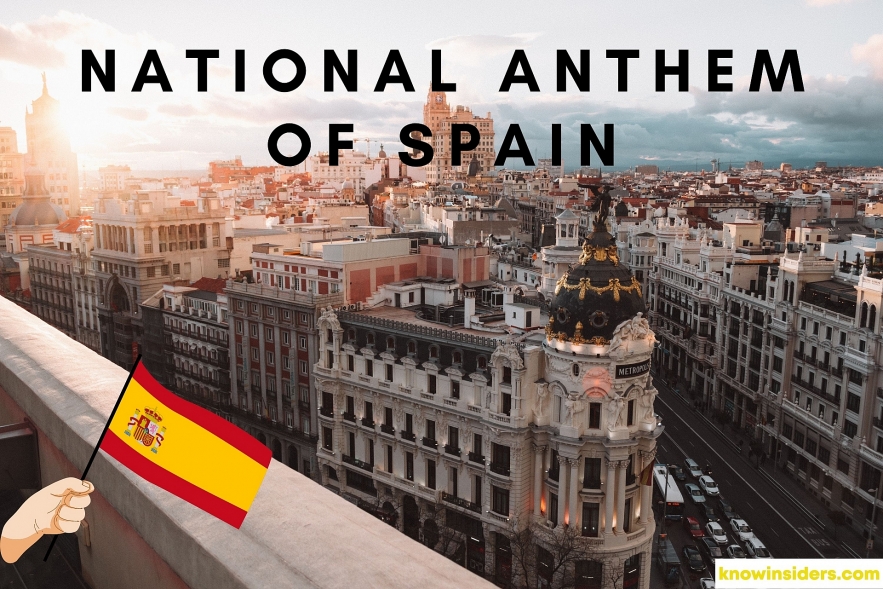 |
| Why Does National Anthem Of Spain Have No Lyrics? Photo KnowInsiders |
| Contents |
Look at any international sporting event or medal ceremony and you’ll see the Spanish contingent stood there in silence whilst the Marcha Real rings out.
What is Spanish National Anthem?
The national anthem of Spain is called “Marcha Real”, which translates into the “Royal March”. And as we said, it has no official words.
The official words to the national anthem of San Marino, like those of Bosnia and Herzegovina, Kosovo, and San Marino, do not exist.
Still, it's worth noting as an interesting tidbit that the Spanish national anthem once featured lyrics that are no longer sung (we'll get to this in a little!)
There aren't many anthems older than 1761's Royal March. That record calls the anthem the "March of the Grenadiers" and gives credit for its composition to one Manuel de Espinosa de Los Monteros.
History of Spanish National Anthem
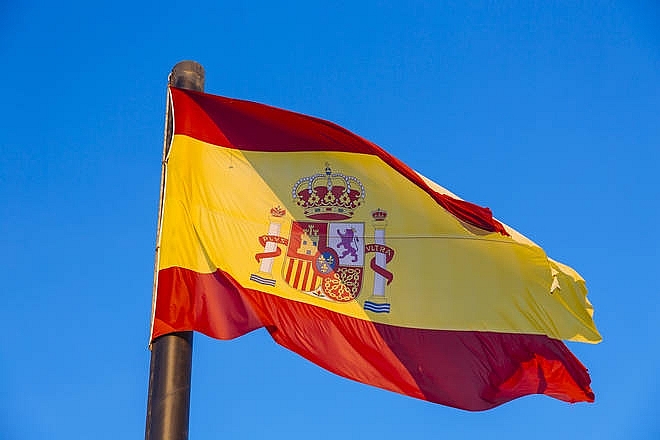 |
| History of Spanish National Anthem - Photo: Getty |
In 1770, King Charles III designated the song to be played at funerals, state occasions, and major celebrations by designating it as the official Honor March. Under Queen Isabel II's reign, however, it was formally adopted as the national anthem.
But, in 1879, following the Revolution of 1868, General Juan Prim established a contest of sorts to write a new national song. Almost 400 pieces were submitted to be judged by a panel of three composers.
The panel ultimately decided that the "Royal March" could not be replaced as the official national song, hence no new anthem was ever chosen.
The music score composed by Bartolome Perez Casas was approved as the official version of the anthem in the Royal Circular Order of August 27, 1908 (during the reign of King Alfonso XIII). After all, it was crucial to establish a canonical version to forestall the emergence of variants.
In 1997, on October 10th, the version of the Spanish national anthem composed by maestro Francisco Grau was officially adopted. (At this time, Spain acquired the author rights to the hymn from the Perez Casas family, who had previously owned them due to their role in composing the official anthem).
According to the Royal Decree of 1997, the Royal March is to be performed in the key of B-flat major, at a pace of 76 beats per minute, in the form of AABB, and for a duration of exactly 52 seconds.
Why does Spain’s national anthem have no lyrics?
Marcha Real was written by Manuel de Espinosa de los Monteros in 1761 for the Spanish Infantry.
It was made Spain's national anthem after King Charles III adopted it as the country's official march in the 1770s.
Many different attempts have been made to put words to the 'Marcha Real,' and some of them have even been utilized at actual events. The Spanish government has not endorsed any of the proposed lyrics.
What is the current version of the Spanish national anthem?
 |
| Photo local Spain |
Spain's Olympic Committee proposed new words to the anthem in 2008, but the idea was met with widespread backlash because it began with the phrase "Viva Espaa," which has since become synonymous with Franco's dictatorship.
The present form of "Marcha Real" consists of a 16-bar phrase without any words, split into two halves with a form of AABB. An orchestral version, a military band version, and an organ version are all available as official arrangements.
Unofficial Lyrics of Spanish National Anthem
To this day, La marcha real, Spain's national song, has no lyrics ("The Royal March"). Unofficial translations of the Spanish national song have been written not just in Spanish but also in Basque, Catalan, and Galician.
The following lyrics were written by Paulino Cubero, a 52-year-old jobless Madrid man who won a contest held in 2007 by Spain's national Olympics committee to come up with acceptable lyrics. Politicians and cultural figures were quick to point out, criticize, and even mock the lyrics, which was a major setback for the Olympics organizers. The Olympic committee withdrew the winning lyrics after only a few days since it was evident that the Spanish parliament would never approve them. They were panned for being boring and reminiscent of the Franco period.
Lyrics to La Marcha Real (unofficial)
¡Viva España!
Cantemos todos juntos
con distinta voz
y un solo corazón.
¡Viva España!
Desde los verdes valles
al inmenso mar,
un himno de hermandad.
Ama a la Patria
pues sabe abrazar,
bajo su cielo azul,
pueblos en libertad.
Gloria a los hijos
que a la Historia dan
justicia y grandeza
democracia y paz.
La Marcha Real in English
Long live Spain!
Let us all sing together
with a distinctive voice
and one heart.
Long live Spain!
From the green valleys
to the immense sea
a hymn of brotherhood.
Love the Fatherland
for it knows to embrace,
under its blue sky,
peoples in freedom.
Glory to the sons and daughters
who give to History
justice and greatness,
democracy and peace.
Spain’s National Symbols
National Flag
The current Spanish flag is an amalgam of several medieval designs. The present flag's design is based on the naval ensign of the Kingdom of Spain, which was ruled by Charles III from 1785 until his death. The design of the coat of arms dates back to the 18th century, during the reign of King Charles and shortly after Spain's first forays into the Americas, led by Christopher Columbus.
A horizontal tricolor of red, yellow, and purple was chosen as the new flag of Spain by the country's new republican administration, and a coat of arms was placed in the middle. After seizing power from the republican government in 1936, Francisco Franco replaced the flag's coat of arms with his own. In fact, the coat of arms has undergone multiple iterations until finally settling on its current design in 1978, when Spain's first democratically elected government seized power.
National Motto
"Plus Ultra" ("Further Beyond")
National Coat Of Arms Of Spain
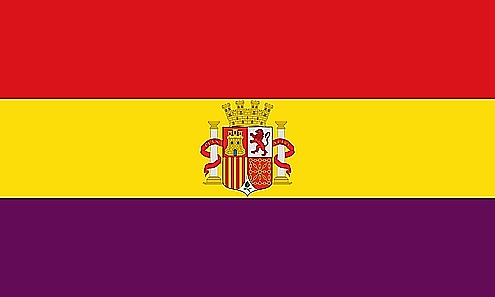 |
| Photo World Atlas |
On October 5, 1981, the present National Coat of Arms was formally adopted. The traditional monarchies that make up modern-day Spain are represented by symbols on the coat of arms. The golden chain-link represents the Kingdom of Navarre, the red castle represents the Kingdom of Castile, the red lion represents the Kingdom of Leon, the red and yellow stripes running vertically indicate the Kingdom of Aragon, and so on. The pomegranate at the bottom symbolizes the Granada kingdom, while the fleur-de-lis at the top depicts the House of Bourbon.
The Pillars of Hercules, the two promontories (Gibraltar and Ceuta) at the eastern extremity of the Strait of Gibraltar, serve as a border for the Arms. The two pillars are topped with an imperial crown and a royal crown. King Charles served as both King of Spain and Holy Roman Emperor in the late 18th century, hence he wore both the royal crown and the imperial crown.
What Is the National Flower of Spain?
The Dianthus caryophyllus, or clavel in Spanish, is the national flower of Spain.
Dianthus caryophyllus is a genus of flowering plants that gets its name from the Greek word for "flower of the gods" (dianthus) and the Latin word for "incarnation" (carnation).
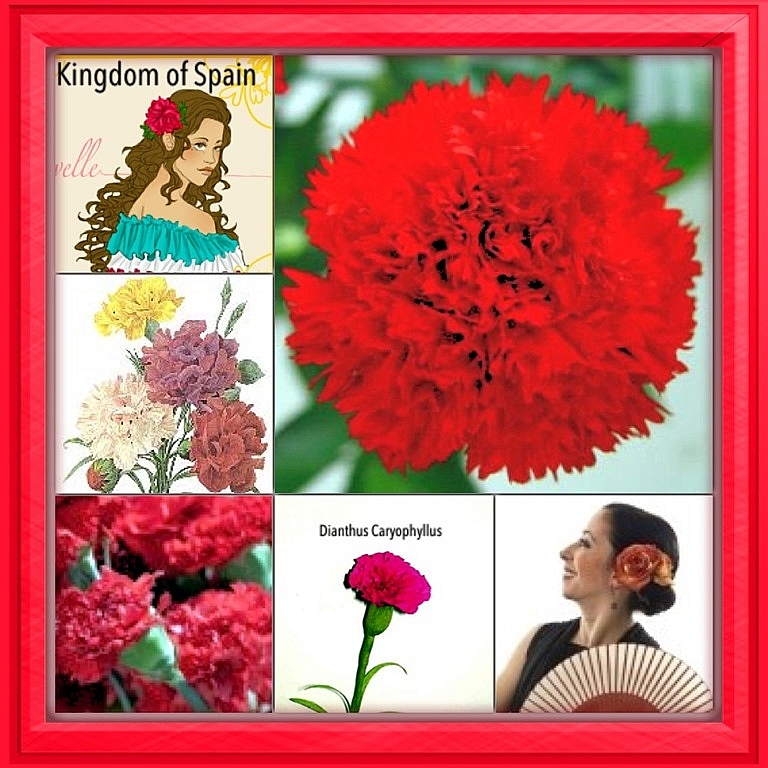 |
| Photo WordPress |
Whilst the carnation is now grown mainly in Aragon and also in the south of Spain in Andalusia. Its origins are much simpler as it used to be widely grown and used in all parts of Spain.
The national flower of Spain becomes fully grown after six to eight weeks with a long lasting blooming period.
Meaning and Symbolism of CarnationsThe carnation comes in several color variants however, the most common one, red, offered a beautiful contrast against the traditional white houses of Spain. |
 Top 10 Healthiest Countries in The World Top 10 Healthiest Countries in The World Do you know what country is the healthiest in the world? How do they rank ‘healthy’ level? Read on the article! |
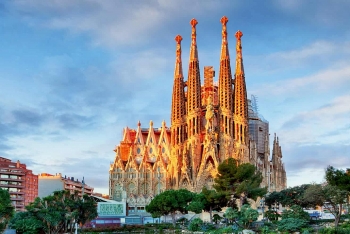 Top 9 Amazing Facts about Spain Top 9 Amazing Facts about Spain Do you think that Spain is all sun, sand, and siestas? Now, Let's expand your horizon by exploring top interesting facts about Spain with KnowInsider. ... |
 Top 7 Interesting Destinations You Must Visit In Spain Top 7 Interesting Destinations You Must Visit In Spain Spain is a wonderful holiday destination that is sure to add some beautiful, unique experiences to your life. Flamingotravels and Touropia suggested 7 top interesting ... |
























